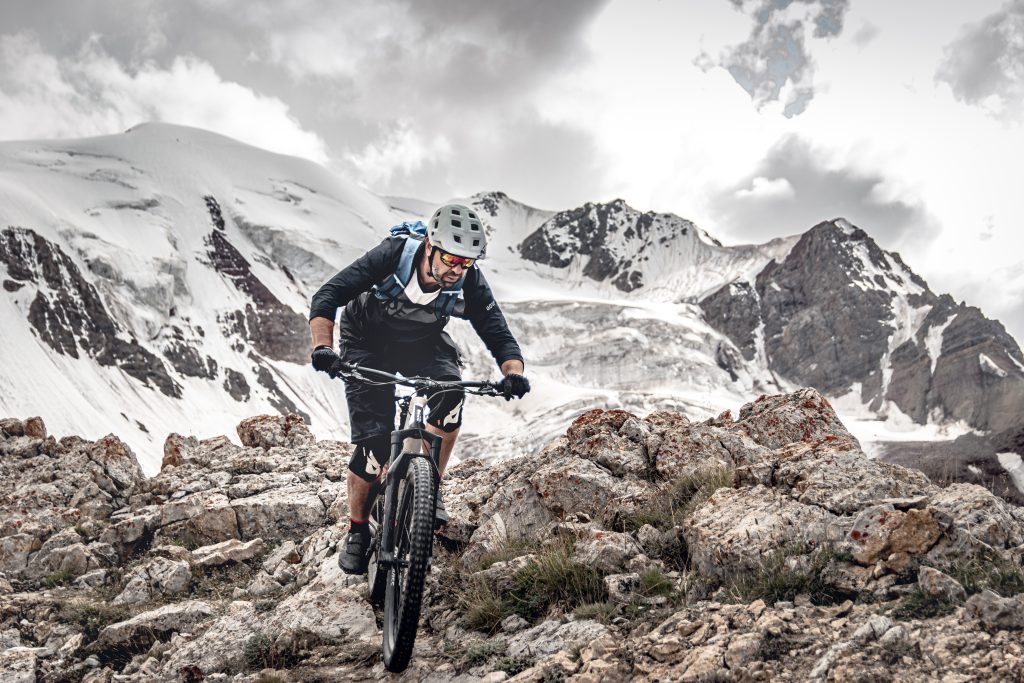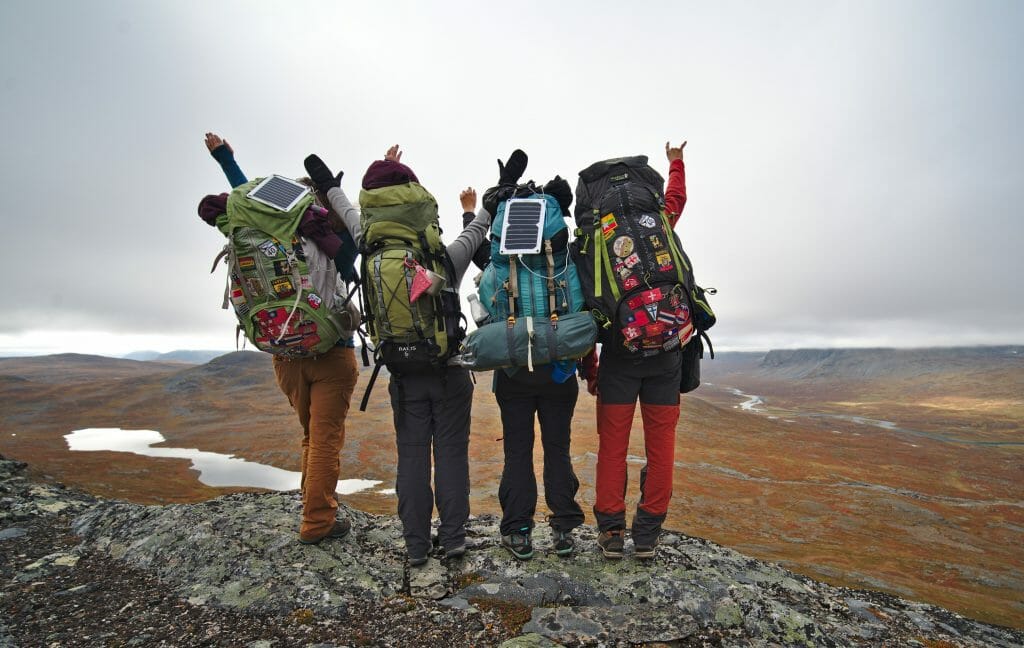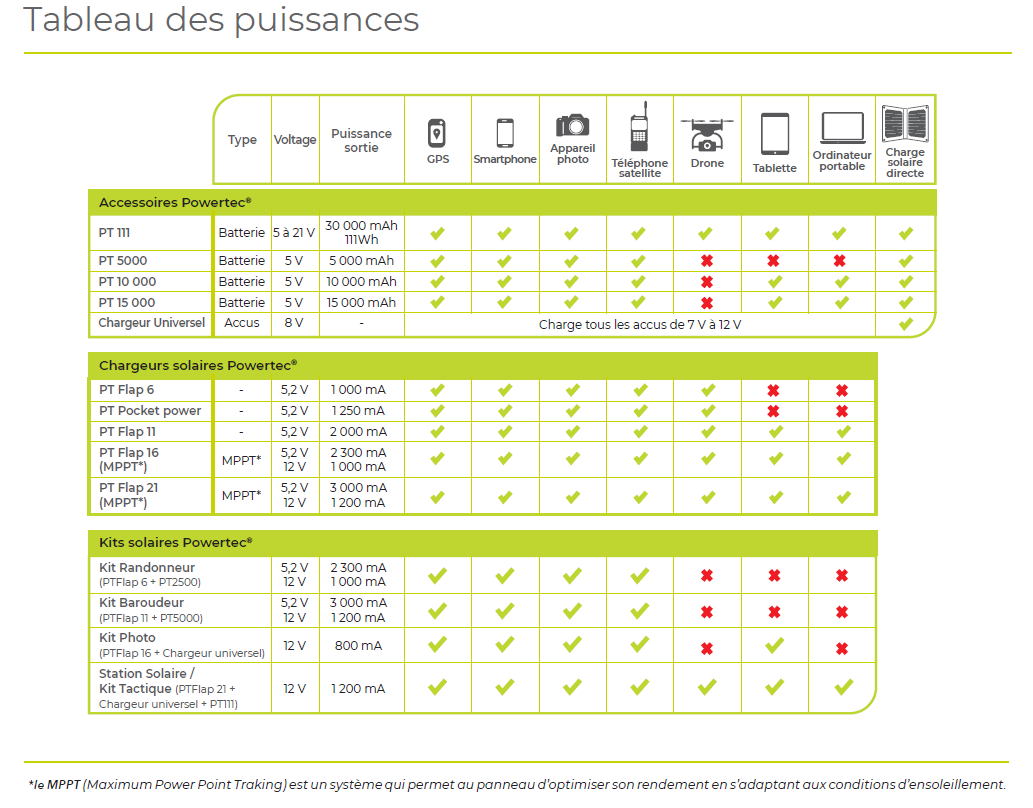Ready for adventure? Are your legs tingling with anticipation of hiking? You’re in for a great experience… But to make it complete, you need to leave nothing to chance. From the choice of itinerary, to your travelling companions, to your portable charger, everything has to be prepared!
Here are a few practical tips to help you make the most of your trip
The itinerary. Setting off on an adventure is one thing. But a well-prepared itinerary is the key to avoiding (un)pleasant surprises. By meticulously preparing your itinerary, you’ll have an overview of the route to be taken and the time required.
You’ll be able to locate the various gîtes and, above all, watering holes. The advantage of setting off with an itinerary already mapped out is not only that you won’t get lost in the middle of a hike, but also that you won’t miss any of the extraordinary views that nature has to offer.
Equally important is the choice of travelling companions who fancy hiking. Setting off for several hours, or even several days, is no big deal. We agree that it’s best to be in the company of experienced people whom you already know and who have the same objectives and expectations of the hike as you do?

Indeed, it would be a shame to find yourself with a companion who is above all looking to relax and enjoy nature, while another is trying to break a speed record. The group won’t be homogeneous, tensions are likely to be felt and you’ll run the risk of inadvertently “losing” one of them along the way… Won’t you?
Equipment. As the song goes, “1km on foot, it wears you out, it wears you out…”. The choice of shoes is crucial. Never set out on a hike with brand-new shoes. It’s better to have tried and tested them well beforehand, so that your feet don’t suffer. In your bag, which you’ll have chosen to be sturdy, light and comfortable to wear for long hours, you’ll slip in a change of clothes.
A close-fitting T-shirt that wicks away perspiration, a fleece jacket, another layer to compensate for changing weather conditions (wind, rain, snow), a pair of canvas pants and over-trousers will do the trick. And don’t forget warm clothes and socks for the night.
Finally, pack protein bars, water, a first-aid kit, a cap and sunglasses. And don’t hesitate to bring your smartphone, camera or other equipment. Your technological devices will never run out of energy thanks to the portable solar charger.
The solar charger, the hiking companion
Coming back from a hike with a head full of memories is priceless. And having photo and video memories is a good thing, too. Thanks to the portable solar charger, you can recharge your technological devices without… a headache!

Lightweight and compact, the solar charger fits easily into your backpack pocket. You can also recharge your devices while on the move, by attaching your portable charger to your bag without feeling the weight, or to your tent. Solar chargers have another major advantage: they’re unbreakable! So you can hit the trails with complete peace of mind, with your portable charger with you wherever you go.
You can take photos, film with your drone, or use your GPS to find the way back to the colleague you’ve “lost”!
Preparing for Your Hiking Adventure
A well-prepared hike is essential to ensuring you enjoy every moment of your adventure. Beyond just mapping out your itinerary and choosing the right companions, there are several other factors to consider to make your journey as smooth and enjoyable as possible.
The Importance of Physical Preparation
Before embarking on a hiking trip, especially one that spans several days, it’s crucial to ensure you are physically prepared. Regular physical training, including walking, running, and strength exercises, can significantly enhance your stamina and endurance. This preparation will help you handle long trails, steep inclines, and rough terrains with greater ease. It’s also beneficial to practice hiking with a fully packed backpack to get accustomed to the weight and how it affects your balance and mobility.
Hydration and nutrition play a key role in physical preparation. Stay hydrated in the days leading up to your hike, and eat a balanced diet rich in carbohydrates, proteins, and healthy fats. During the hike, maintain your energy levels with high-energy snacks like nuts, dried fruits, and energy bars. Bringing electrolyte tablets or drinks can also help replenish essential minerals lost through sweat.
Navigational Tools and Safety Measures
Even with a well-prepared itinerary, having reliable navigational tools is critical. A GPS device, compass, and detailed topographic maps should always be part of your hiking gear. While smartphones can be handy with their built-in GPS and mapping apps, they are not infallible. Battery life can be a limitation, which is why having a portable solar charger can be a game-changer. It ensures that your devices stay powered, allowing you to access maps, call for help, or check weather updates at any time.
Safety measures are equally important. Inform someone about your hiking plans, including your route and expected return time. Carry a whistle, flashlight, and a multi-tool knife. In case of emergencies, these tools can be invaluable. Learning basic first aid and wilderness survival skills can also make a significant difference. Knowing how to treat common hiking injuries like sprains, blisters, and dehydration can prevent minor issues from becoming major problems.
The Role of Technology in Enhancing Your Hiking Experience
Keeping Connected and Capturing Moments
Technology has become an integral part of modern hiking, providing safety, convenience, and the ability to capture and share your experiences. Portable solar chargers, in particular, have revolutionized the way hikers use their devices. These chargers are not only lightweight and compact but also incredibly durable, designed to withstand the rigors of outdoor adventures. They allow you to keep your smartphone, GPS device, camera, and other gadgets charged throughout your trip.
Capturing breathtaking landscapes and unforgettable moments is a significant part of the hiking experience. With a charged camera or smartphone, you can take stunning photos and videos to document your journey. Drones equipped with cameras offer a unique perspective, enabling you to capture aerial views of the terrain. Sharing these moments with friends and family through social media can be done in real-time if you have the necessary connectivity.
Enhancing Navigation and Safety
Advanced technology in navigation devices has made hiking safer and more accessible. GPS devices and smartphone apps provide detailed maps, track your progress, and alert you to nearby points of interest or potential hazards. Some apps even offer offline capabilities, ensuring you can navigate even without a signal. The ability to mark waypoints and create custom routes can help you stay on track and explore new areas confidently.
In terms of safety, personal locator beacons (PLBs) and satellite messengers have become essential for hikers venturing into remote areas. These devices can send distress signals with your location to emergency services, ensuring help is on the way even if you’re out of cellphone range. Integrating these tools with portable solar chargers ensures they remain functional throughout your hike, providing an extra layer of security.
Conclusion
Embarking on a hiking adventure requires careful planning and preparation. From selecting the right itinerary and companions to ensuring you have the proper gear and technology, every detail matters. Physical preparation, reliable navigation tools, and safety measures are all critical components of a successful hike. Incorporating technology like portable solar chargers enhances your experience, allowing you to stay connected, capture memories, and navigate safely. With thorough preparation and the right tools, you can fully enjoy the beauty and excitement of your hiking adventure, ready to face any challenge that comes your way.
You’re ready for adventure!



